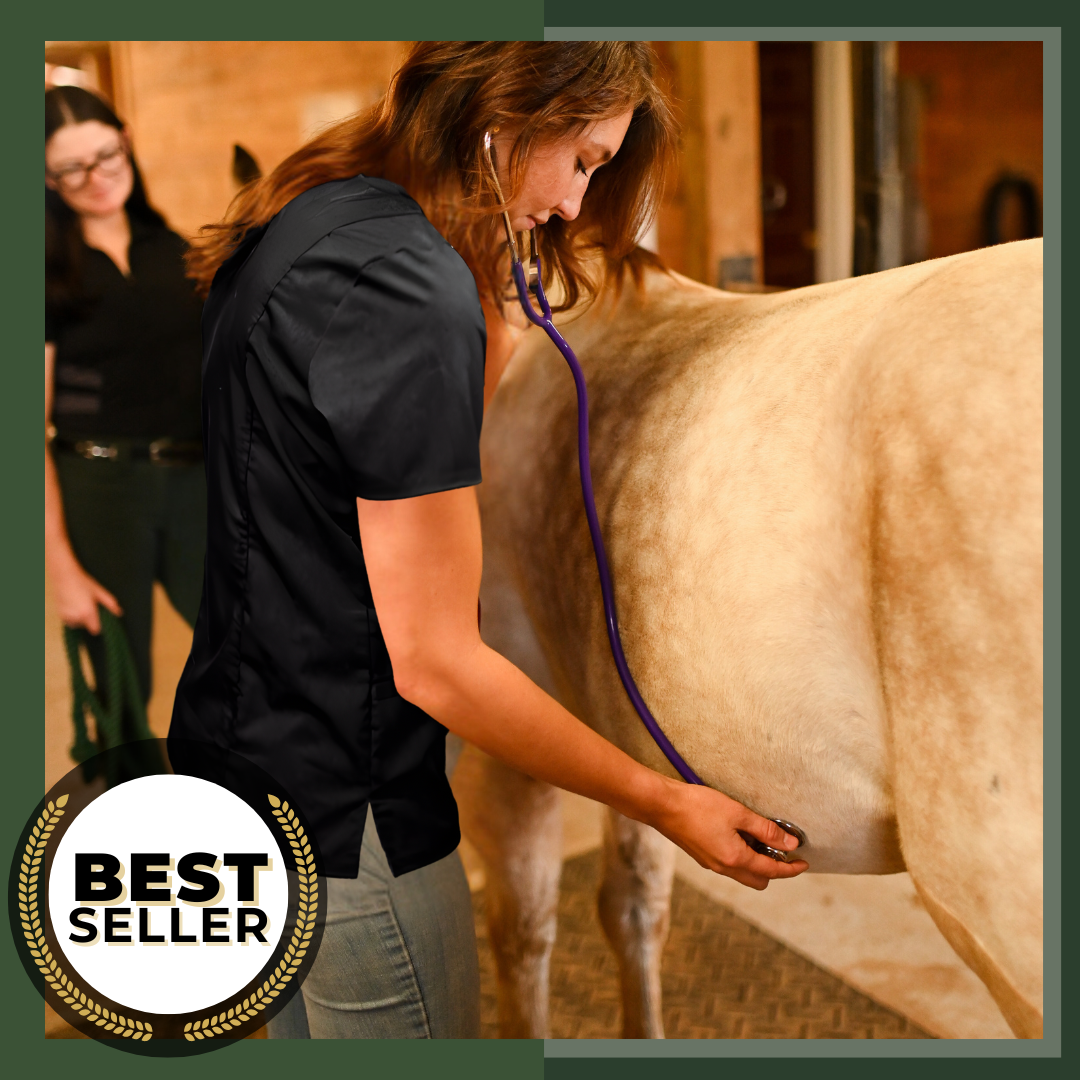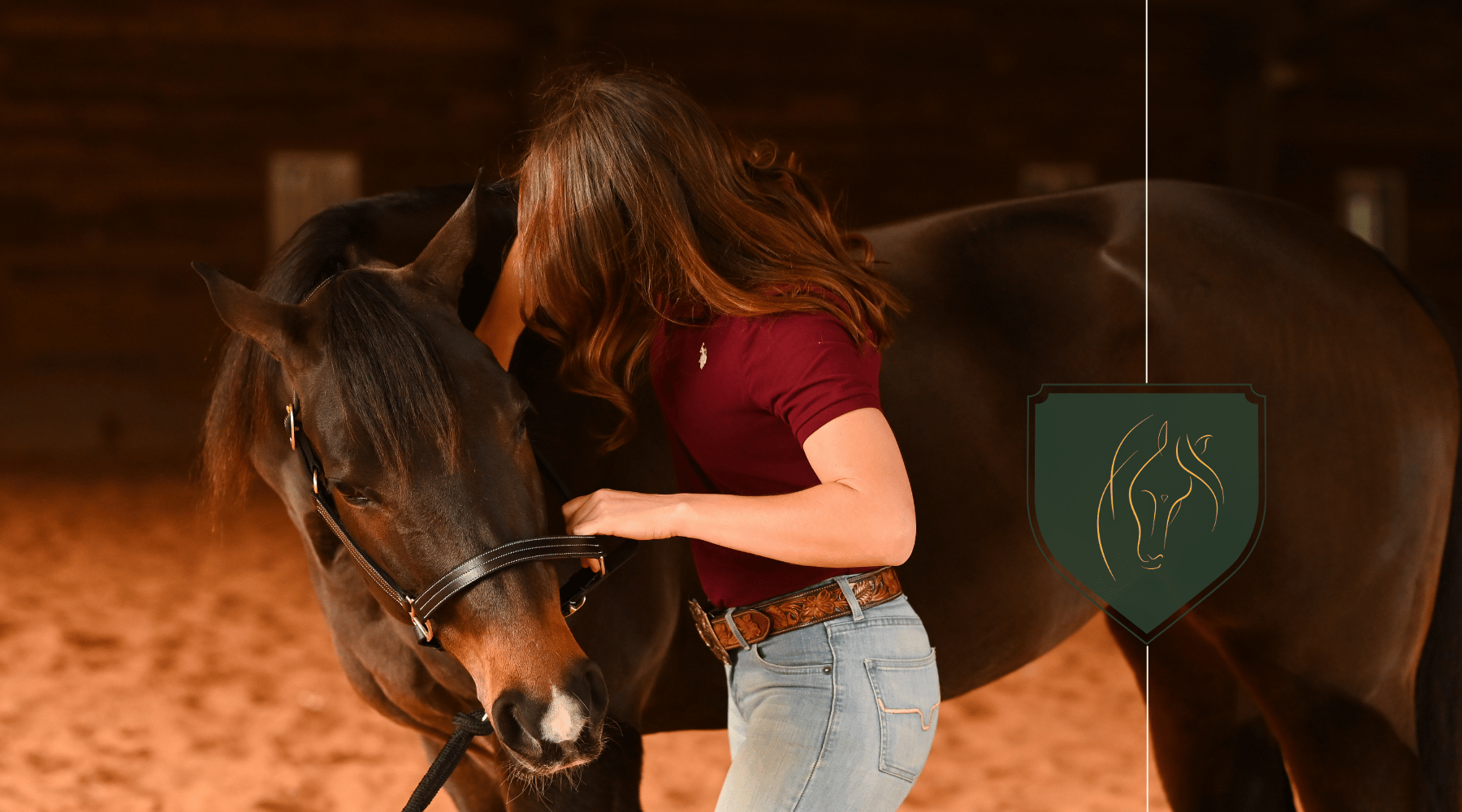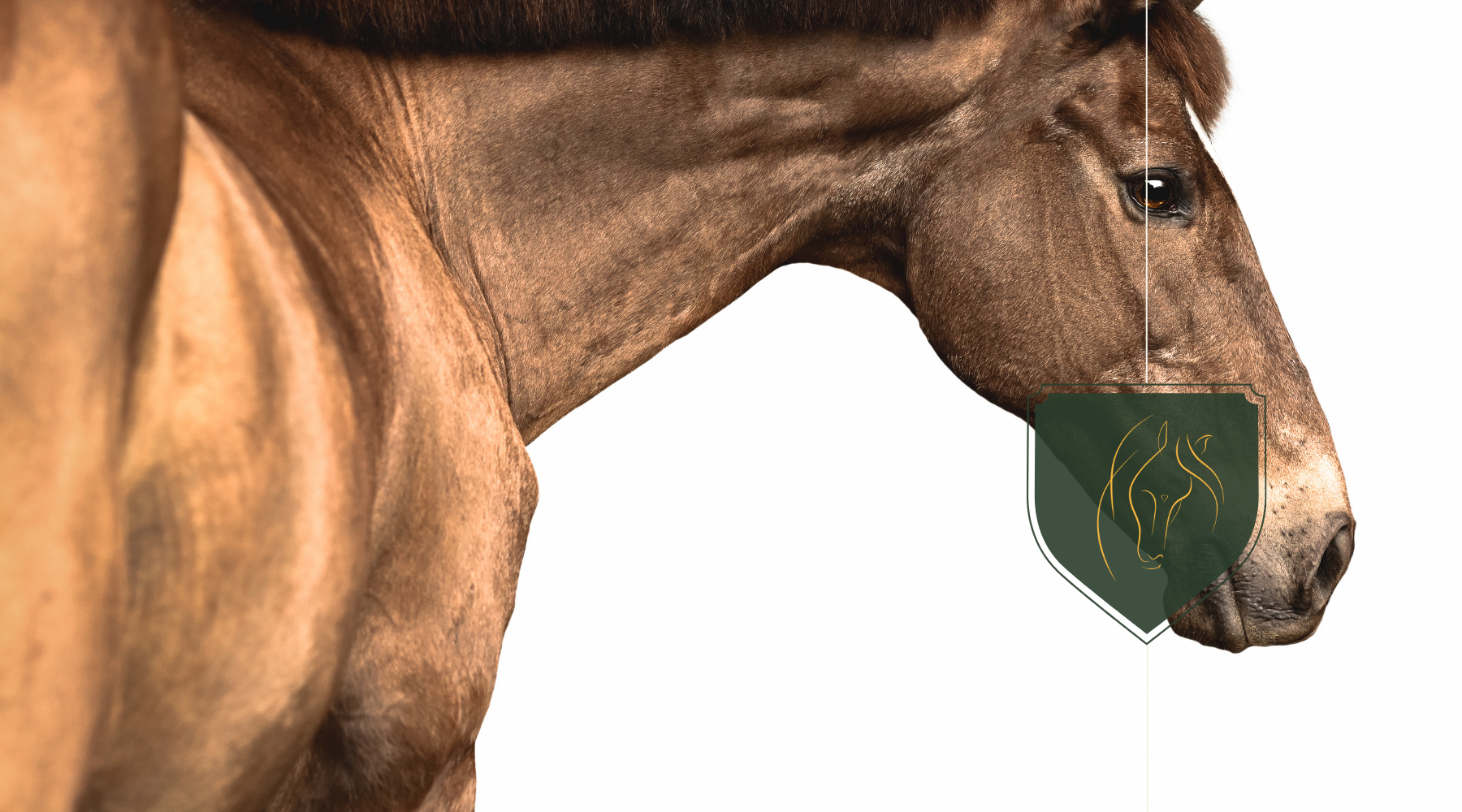As a horse owner, I know that eye injuries can be both alarming and dangerous for our equine friends. It's crucial to act promptly and correctly to prevent further harm. In this article, I'll guide you through the essential steps of administering first aid for eye injuries in horses, ensuring you're prepared for these urgent situations.
I've seen my fair share of equine emergencies, and I can tell you that knowing how to handle an eye injury can be a game-changer. We'll cover everything from identifying the injury to providing immediate care and when to call the vet. Stay with me, and you'll learn how to protect your horse's vision and health with confidence.
Understanding Eye Injuries in Horses
Recognizing the types of eye injuries and their potential consequences is crucial for providing effective first aid. Eye injuries in horses can range from simple surface scratches to deep corneal ulcers, and each requires a different approach.
Common eye injuries include:
-
Corneal abrasions: resulting from scratches or trauma
-
Foreign bodies: such as dirt, hay, or shavings that have become lodged in the eye
-
Chemical burns: caused by exposure to irritants
-
Conjunctivitis: inflammation due to infections or allergies
-
Uveitis: a deeper inflammation affecting the internal structures of the eye
Symptoms signaling an eye injury may involve:
-
Squinting or excessive blinking
-
Swelling around the eye area
-
Cloudiness or discoloration in the eye
-
Tearfulness or discharge
-
Visible foreign object in the eye
In cases where these symptoms are observed, it's essential to react swiftly. Delays in treatment can escalate the issue, potentially leading to vision loss or even loss of the eye. Understanding that each symptom can indicate a range of issues is the first step toward providing the right care.
To handle these injuries appropriately, it's vital to have a well-stocked first aid kit. I always include:
-
Saline solution: to flush out foreign bodies or chemicals
-
Sterile ophthalmic ointment: for lubrication and protection
-
Clean towels or gauze: for gently wiping away discharge
It's also imperative to know when to contact a vet. If you're ever in doubt, getting professional advice can be the difference between a full recovery and a serious complication. When a horse's vision is at stake, erring on the side of caution isn't just recommended; it's necessary.
Signs and Symptoms of Eye Injuries
Identifying eye injuries in horses can be tricky, but I've learned it's crucial to pay attention to subtle changes. Horses can't tell us when they're in pain, so I watch for physical signs. Key symptoms that may signal an eye injury include:
-
Excessive tearing or discharge, which could indicate corneal damage or infection.
-
A cloudy or hazy appearance in the eye is often a sign of a more serious issue like uveitis.
-
Swelling or protrusion of the third eyelid typically suggests irritation or the presence of a foreign body.
-
Squinting or sensitivity to light; horses with eye pain may try to avoid bright environments.
Behavioral changes are also indicators to watch for. If a horse is suddenly spooking more often or seems unusually wary, this might point to compromised vision. They may also express reluctance when asked to perform tasks they've previously done with ease.
When I'm checking a horse for potential eye injuries, I make sure the area is well-lit and approach them calmly to avoid further stress. Using a flashlight, I gently examine the eye for any foreign objects or abnormalities, paying close attention to the horse's reaction.
It's crucial to remember that eye issues can deteriorate quickly. I've often stressed the importance of a speedy response once you've identified any of these symptoms. Time is of the essence, and while waiting for professional care, I ensure the horse is kept in a dimly lit, clean enclosure to limit discomfort and prevent additional injury.
Proper first aid could mean the difference between a full recovery and long-term damage, so it's never something to take lightly. If you're ever in doubt, it's always better to err on the side of caution and consult your vet. After all, maintaining the health of your horse's eyes is a responsibility that should never be overlooked.
First Aid Steps for Eye Injuries in Horses
When faced with an injured equine eye, it's vital to follow a structured approach to first aid. Immediate action can mitigate further injury and pave the way for effective healing.
Assess the Situation Carefully
The first step I take is to assess the horse's demeanor and the nature of the injury without causing additional stress. It's crucial to ensure both my safety and the horse's comfort before attempting an examination.
Protect the Injured Eye
Next, protecting the eye from further contamination is essential. I normally use a clean, damp cloth to gently cover the area. It's important not to apply pressure, which could exacerbate the injury.
Remove Any Visible Debris
If I spot surface debris, careful removal is key. I typically use saline solution to flush the eye, as it's gentle and won't irritate the sensitive tissues.
Keep the Horse Calm and Restrained
Keeping the horse calm and preventing it from rubbing the eye is a critical part of first aid. I occasionally use a makeshift eye patch, making sure it does not put pressure on the eye, while awaiting a veterinarian's assistance.
Seek Professional Help Immediately
Even when initial first aid seems to stabilize the situation, I never take chances. I always contact a veterinarian immediately, as they can provide specialized care and determine if there are deeper injuries not visible to the naked eye.
Remember, these steps do not replace professional veterinary care, which is indispensable when it comes to eye injuries in horses. My role is to provide initial support until the experts take over.
When to Call the Vet
In dealing with eye injuries in horses, knowing when to call the vet is as important as administering first aid. Eye injuries can quickly escalate, and it's vital to get a professional's input. Signs that necessitate immediate veterinary attention include:
-
Excessive tearing or discharge
-
Swelling around the eye area
-
The horse exhibiting pain or discomfort
-
Visible trauma to the eye, such as punctures or lacerations
-
Changes in the appearance of the eye, like cloudiness or a different size from the other eye
Even if the injury appears minor, I can't stress enough the importance of erring on the side of caution. Eye tissues are delicate and complications may not be immediately obvious.
When I notice any abnormalities in a horse's vision or behavior, like bumping into objects or being unusually spooked, it's a clear indicator that something's amiss. Consultation with a vet can rule out or address potential vision impairment.
Remember that time is of the essence with eye injuries. A delay in treatment could lead to worse outcomes, such as permanent vision loss or severe infection. Therefore, once first aid is applied, I make it a priority to contact a veterinarian. During the call, I provide a detailed description of the eye condition and the first aid measures put in place.
Having a vet assess the situation may also reveal underlying issues like ulcers, foreign bodies embedded within the eye, or other conditions that aren't immediately apparent. Plus, a vet can administer pain relief and other treatments that go beyond the scope of first aid.
I'm always up for preparing a horse for the vet's visit by keeping it calm and in a familiar environment. Having someone with the horse to provide updates on its condition until the vet arrives can be beneficial for a swift and accurate assessment once the professional care begins.
Conclusion
Remember, when dealing with eye injuries in horses, acting swiftly and calmly can make all the difference. I can't stress enough the importance of initial first aid to help minimize damage before professional help arrives. Always have a first aid kit ready and know your horse's normal behavior so you can spot any issues quickly. And don't forget, while these steps are helpful, they're not a substitute for a vet's expertise. Trust your instincts—if something seems off, it's better to be safe and get your horse checked out. Your quick thinking and prompt action could save your horse's sight. Stay prepared, and you'll be ready to give your equine friend the best possible chance in the face of an eye injury.
Frequently Asked Questions
Q: What is the importance of assessing the situation carefully when it comes to eye injuries in horses?
A: Assessing the situation carefully allows you to understand the severity of the injury and take appropriate action to prevent further damage.
Q: How can I protect the injured eye from further contamination?
A: Protecting the injured eye can be done by keeping the horse's head stationary and avoiding activities that may lead to rubbing or further eye irritation.
Q: What should I do if there is visible debris in the horse's eye?
A: If you see visible debris, it is recommended to flush the eye gently with a saline solution to remove the debris.
Q: Why is seeking professional help immediately crucial?
A: Seeking professional help immediately is crucial because a veterinarian can provide specialized care and determine if there are deeper injuries that need to be addressed.
Q: What signs indicate the need for immediate veterinary attention?
A: Signs such as excessive tearing, swelling, pain, visible trauma, and changes in appearance require immediate veterinary attention for eye injuries in horses.
Q: Why is time of the essence in treating eye injuries?
A: Time is of the essence in treating eye injuries because delays can lead to worse outcomes, including potential vision impairment and underlying issues that may not be immediately apparent.
Q: How can I prepare the horse for a vet's visit?
A: To prepare the horse for a vet's visit, keep it calm and in a familiar environment to minimize stress and make the examination and treatment process easier for both the horse and the vet.






Leave a comment
This site is protected by hCaptcha and the hCaptcha Privacy Policy and Terms of Service apply.